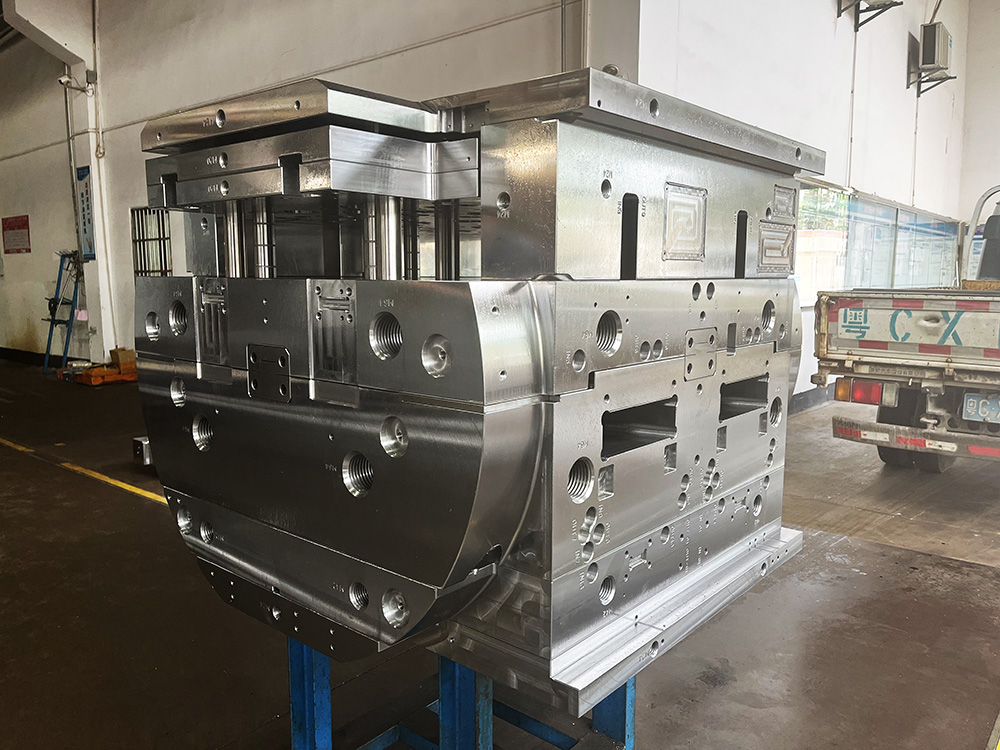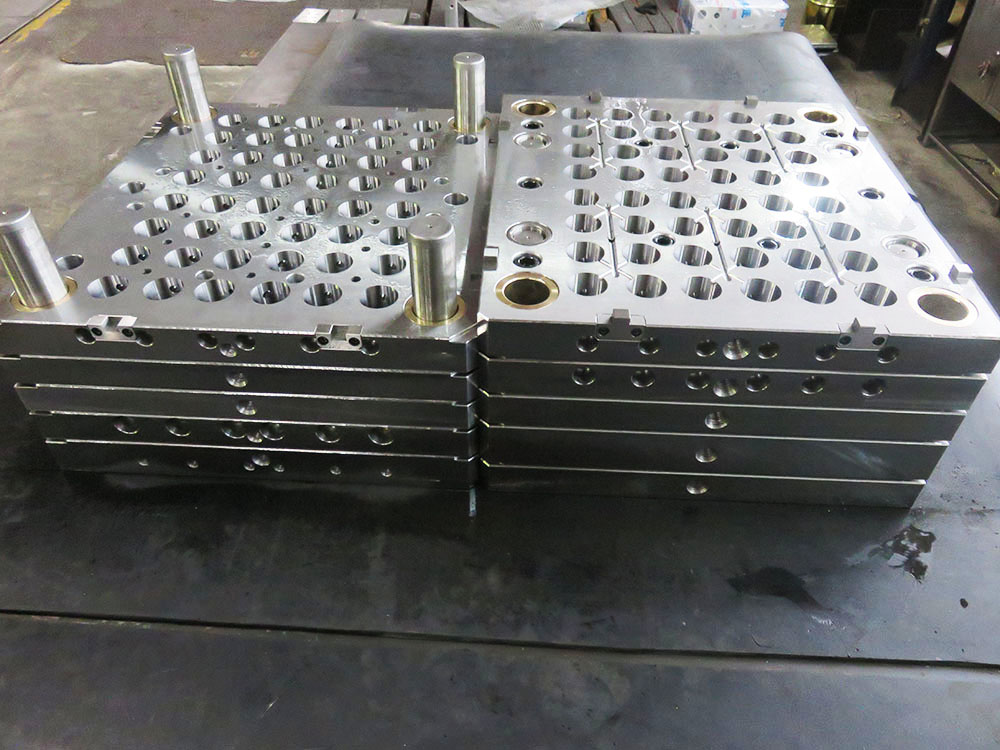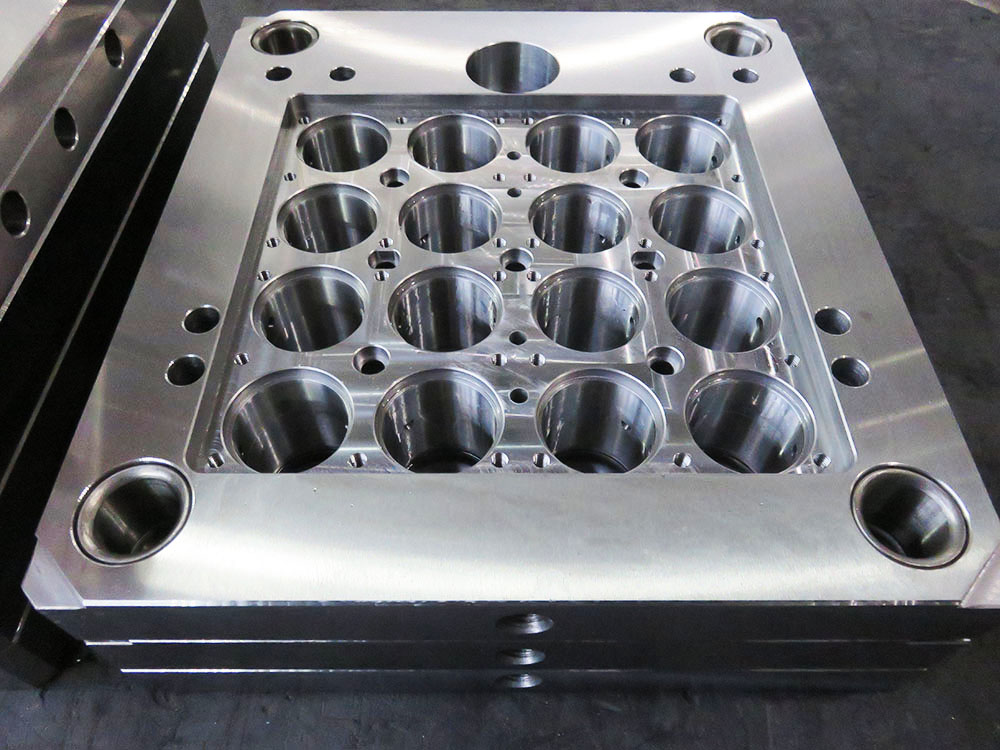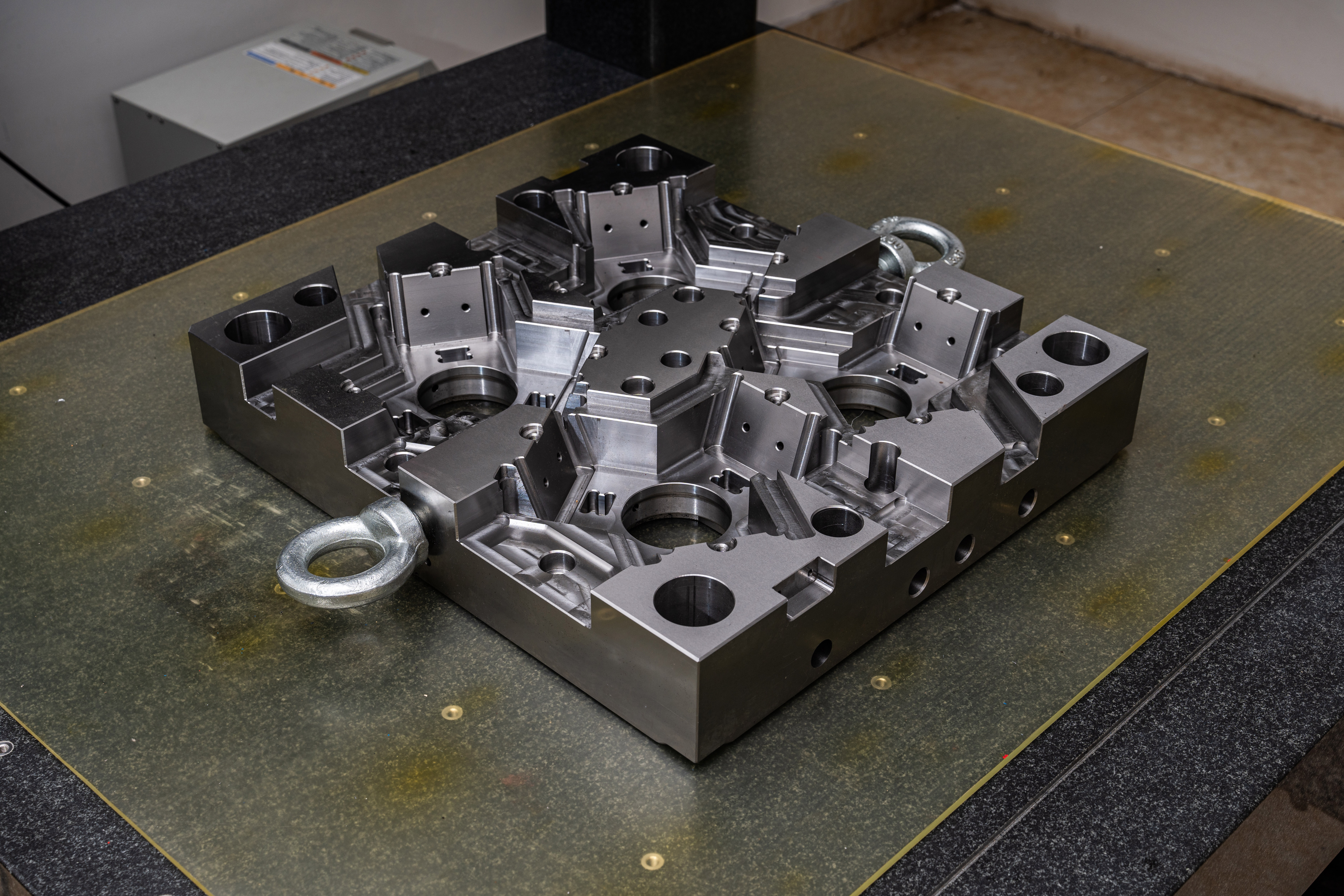The Importance of Mold Frames in the Mold Base Industry
In the mold base industry, a mold frame plays a vital role in the overall mold design and manufacturing process. It serves as the foundation or backbone of the mold, providing structural support and ensuring precise alignment and assembly of all the components involved. This article will delve into the significance of mold frames, their types, and their essential features for efficient mold production.
Types of Mold Frames
There are several types of mold frames used in the mold base industry, each catering to specific requirements and applications. These include:
1. Standard Mold Frames: Also known as catalog frames, standard mold frames are widely used for their versatility and compatibility with various mold types. They come in standardized sizes and configurations, making them easily accessible and cost-effective.
2. Custom Mold Frames: As the name implies, custom mold frames are tailor-made to suit specific mold designs and requirements. These frames offer more flexibility and precision in terms of size, shape, and features, allowing designers to create molds with unique specifications.
3. Quick-Change Mold Frames: Quick-change mold frames are designed to facilitate rapid mold changeovers, minimizing downtime and increasing productivity. These frames usually feature a modular construction that enables easy insertion and removal of mold components.
Features of Mold Frames
Mold frames possess several essential characteristics that contribute to the successful production of high-quality molds. Some key features include:
1. High Precision: Mold frames need to be manufactured with exceptional accuracy to ensure the precise alignment of mold components. This precision guarantees consistent and reliable part production, reducing the chances of defects or errors.
2. Superior Strength and Rigidity: Mold frames must be strong and rigid enough to withstand the high pressures and forces exerted during the molding process. This feature ensures the longevity and durability of the mold, preventing any deformation or misalignment.
3. Efficient Cooling System Integration: Mold frames often incorporate cooling channels or circuits to enhance the overall cooling efficiency and cycle time of the mold. Proper integration of these channels within the frame structure ensures uniform cooling, reducing warping and improving part quality.
4. Ease of Maintenance: A well-designed mold frame allows for easy access and maintenance of mold components. Proper consideration of features like tool-less disassembly or quick-change mechanisms simplifies mold cleaning, repair, or replacement tasks.
Conclusion
In the mold base industry, a mold frame plays a crucial role in achieving the desired quality and efficiency in mold production. Whether it is a standard frame, custom frame, or quick-change frame, the appropriate mold frame selection is essential for ensuring precise alignment, structural integrity, and reliable operation of the mold. By understanding the different types and features of mold frames, manufacturers can optimize their mold design and fabrication processes, thereby enhancing productivity and profitability.
For more information about mold frames and their importance in the mold base industry, consult with industry experts or reputable mold base manufacturers.




